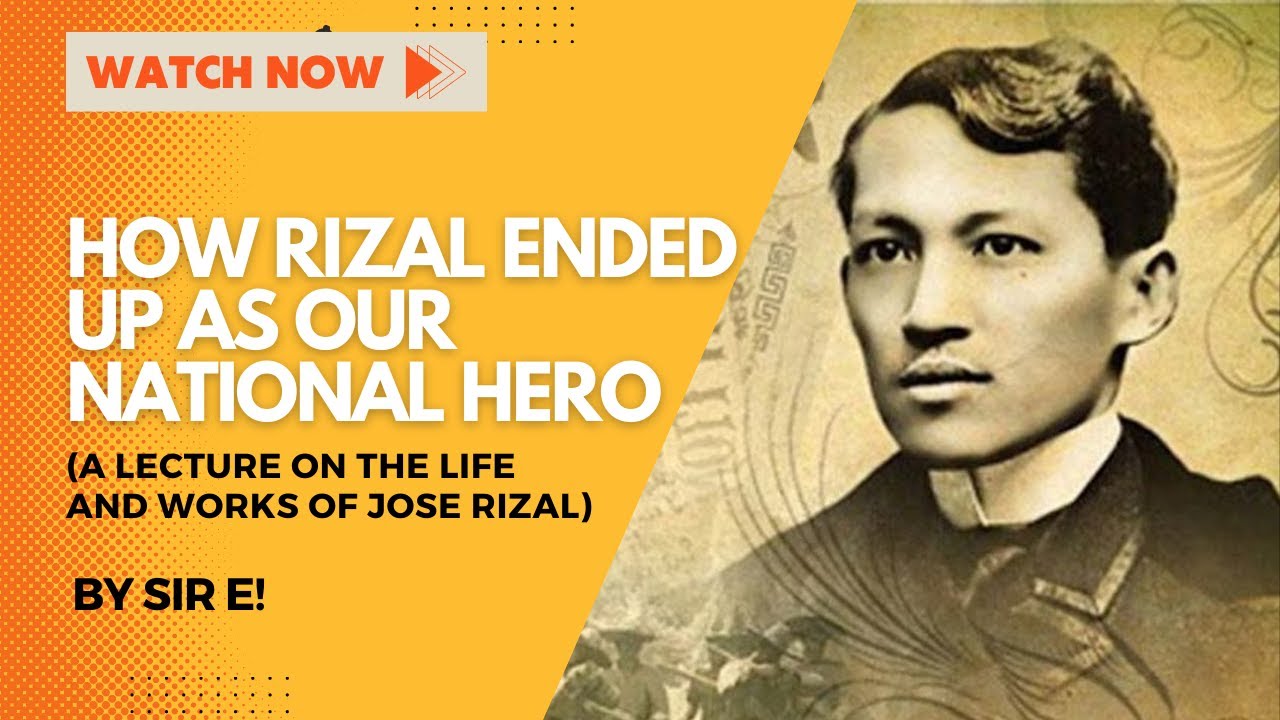THE CAVITE MUTINY
Summary
TLDRThe transcript discusses significant historical events in the Philippines, particularly focusing on the Philippine Revolution and the execution of prominent figures like Jose Rizal. It highlights the oppressive Spanish rule, the growing desire for reform among Filipinos, and the eventual declaration of independence. The narrative emphasizes the struggles and sacrifices of key leaders who inspired the revolution, detailing their impact on the nation’s quest for freedom. By connecting these historical events, the video aims to educate viewers about the importance of remembering this pivotal moment in Philippine history.
Takeaways
- 😀 The Philippine Revolution was a pivotal moment in history, marking the fight against Spanish colonial rule.
- 😀 Key figures like Jose Rizal and Andres Bonifacio played significant roles in advocating for independence.
- 😀 The execution of Rizal in 1896 galvanized the Filipino population and fueled revolutionary sentiments.
- 😀 The political climate in the Philippines during the late 19th century was characterized by social injustices and oppression.
- 😀 The influence of reformist ideas among Filipinos helped to inspire movements for change and independence.
- 😀 The establishment of the Katipunan was crucial in uniting Filipinos against Spanish authorities.
- 😀 Historical events were interconnected, with each contributing to the momentum for independence.
- 😀 The leadership changes within the Spanish government impacted Filipino governance and uprisings.
- 😀 The struggle for liberty included both violent revolts and peaceful advocacy for reform.
- 😀 The legacy of these events continues to resonate in Philippine national identity and pride.
Q & A
What significant events in Philippine history are mentioned in the transcript?
-The transcript highlights the Philippine Revolution and the execution of key figures, which were pivotal in the fight against Spanish colonial rule.
Who was Governor-General Maria de la Torre, and what was his significance?
-Governor-General Maria de la Torre is noted for his more lenient policies towards Filipinos during his tenure, which contrasted with the oppressive measures of his predecessors.
What role did Jose Rizal play in the Philippine Revolution?
-Jose Rizal's writings and ideas inspired many Filipinos to seek reform and ultimately played a crucial role in the nationalist movement leading up to the revolution.
How did the execution of Filipino leaders influence the revolution?
-The execution of leaders like Jose Burgos and others galvanized public sentiment against Spanish rule and intensified revolutionary fervor among Filipinos.
What was the attitude of Filipinos towards Spanish governance during the time described?
-Filipinos felt increasingly dissatisfied and oppressed under Spanish governance, which led to widespread calls for reform and independence.
What was the significance of the Declaration of Philippine Independence?
-The Declaration of Philippine Independence marked a critical moment in asserting national sovereignty and rejecting colonial rule, symbolizing the culmination of revolutionary efforts.
How did the Spanish government respond to the growing unrest in the Philippines?
-The Spanish government attempted to suppress the unrest through violent repression and strict control, but this often backfired, further inflaming revolutionary sentiments.
What influence did Andres Bonifacio have on the revolution?
-Andres Bonifacio was a key figure in the revolution, leading the Katipunan and advocating for armed resistance against Spanish rule, which significantly shaped the movement.
What does the transcript suggest about the broader implications of the Philippine Revolution?
-The transcript suggests that the Philippine Revolution was not just a local struggle but part of a larger movement for independence and justice that resonated across colonial territories.
How did the attitudes of the Spanish officials impact the Filipino population?
-The brutal and dismissive attitudes of Spanish officials towards Filipinos contributed to a deep-seated resentment and a desire for autonomy, fueling the revolutionary spirit.
Outlines

Этот раздел доступен только подписчикам платных тарифов. Пожалуйста, перейдите на платный тариф для доступа.
Перейти на платный тарифMindmap

Этот раздел доступен только подписчикам платных тарифов. Пожалуйста, перейдите на платный тариф для доступа.
Перейти на платный тарифKeywords

Этот раздел доступен только подписчикам платных тарифов. Пожалуйста, перейдите на платный тариф для доступа.
Перейти на платный тарифHighlights

Этот раздел доступен только подписчикам платных тарифов. Пожалуйста, перейдите на платный тариф для доступа.
Перейти на платный тарифTranscripts

Этот раздел доступен только подписчикам платных тарифов. Пожалуйста, перейдите на платный тариф для доступа.
Перейти на платный тарифПосмотреть больше похожих видео

Cavite Mutiny (Tagalog Discussion)

RPH, CHAPTER 2: Reading the Proclamation of Philippine Independence

HOW RIZAL BECAME OUR NATIONAL HERO (A LECTURE ON THE LIFE AND WORKS OF JOSE RIZAL)

Jose Rizal - Full Animation | Short Animation

EL FILIBUSTERISMO (A LECTURE ON THE LIFE AND WORKS OF JOSE RIZAL)

#RizalOnAir Ep. 2: 19th Century Philippines
5.0 / 5 (0 votes)
